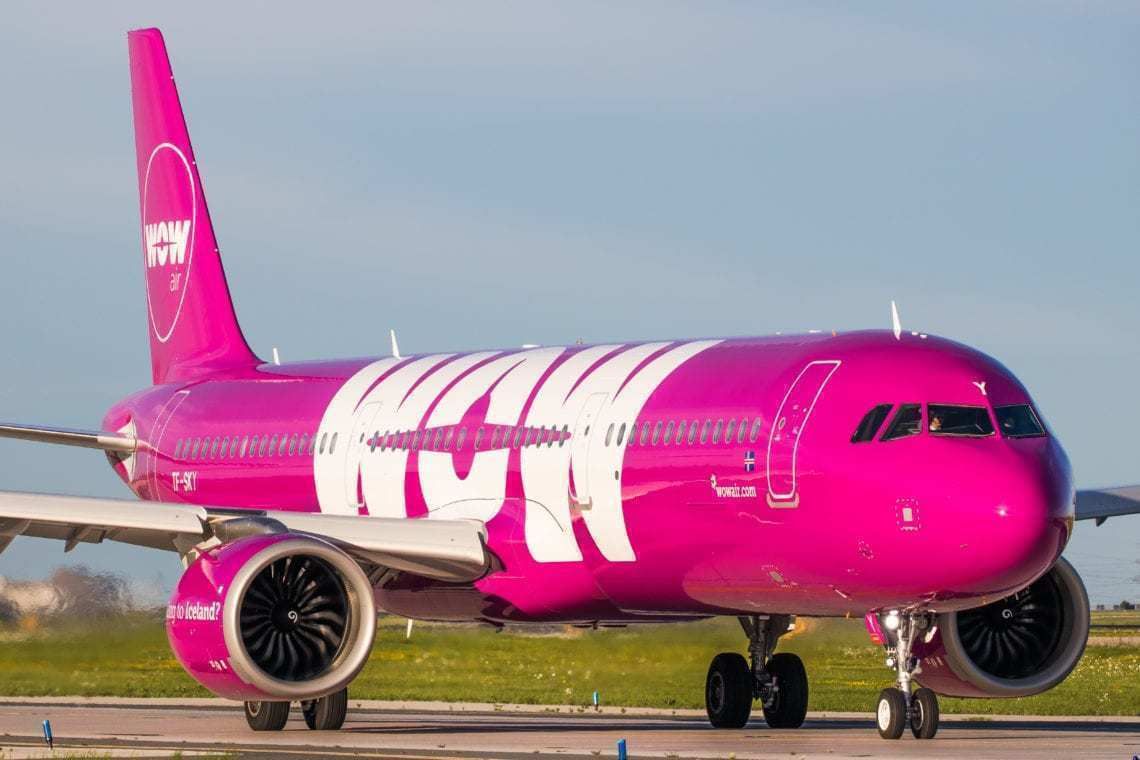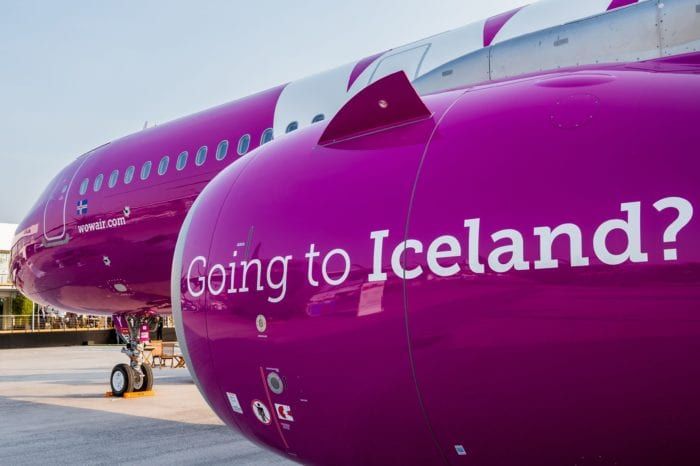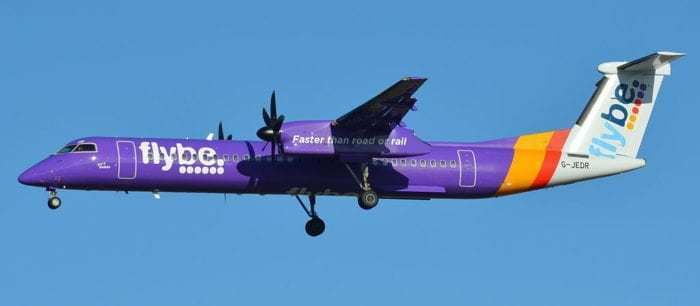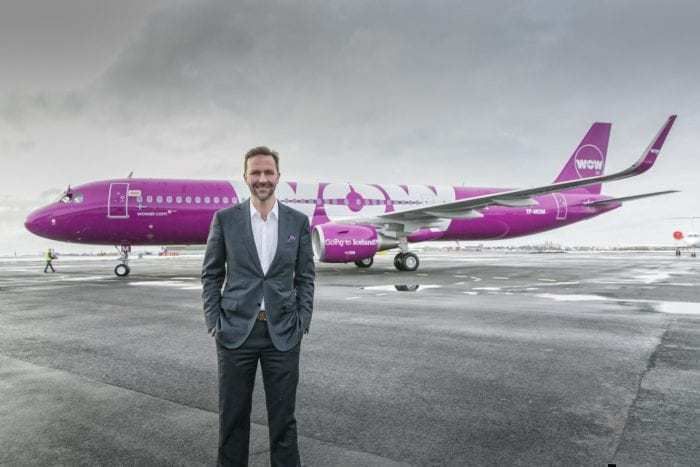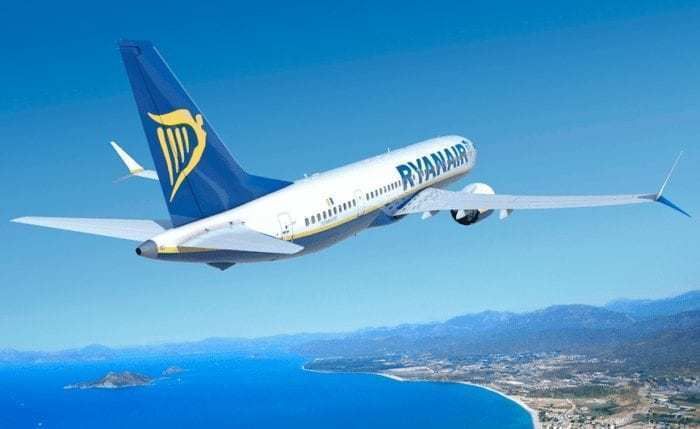With the world still reeling from the news that WOW Air has gone bankrupt, we can’t help but wonder, what the heck is going on in the world of low cost carriers? The past few months has seen Primera, Germania and many others succumb to financial strain, and with WOW Air now bust too, can any small low cost carriers survive?
What’s going on with low cost carriers?
Earlier this year, budget airline Germania filed for bankruptcy. They weren’t the first low cost carrier to bite the dust and won’t be the last either.
Over the course of 2018, almost 10 low cost airlines collapsed, including Denmark’s Primera Air, Cyprus based Cobalt Air and Belgium’s VLM Airlines. Others are still here, but are seriously struggling, such as UK based Flybe, saved only by a Virgin angel.
And it’s not just the little firms feeling the squeeze either. Industry leader Ryanair recently announced they would be undergoing restructuring, following a loss of €20m in the final quarter of 2018. That was its first quarterly loss posted since 2014.
Transatlantic budget carrier, Norwegian Air Shuttle, have been suffering financial problems since last winter began, posting a crazy $170m loss despite months of cost cutting measures. And Laudamotion, with financial losses over 2018 of around €150m, would surely have gone out of business if it wasn’t acquired by Ryanair in the nick of time.
So, what’s going on in the low cost market? Why are so many airlines struggling?
Jet fuel price rises
Back in February last year, the cost of jet fuel was hovering at around $1.85 per gallon. That, itself, is double what it was two years previously, when it hit a record low of $0.93, and significantly more than it was in the previous February when it was $1.51. But this was only the tip of the iceberg.
Come the summer months when airlines all over the world are generally at their busiest, and jet fuel costs shot up again. By May it was well over $2 a gallon, peaking in September at $2.25.
Now, this might sound cheap, if you’re a US resident used to paying almost $5 a gallon for your petrol, or a UK reader paying £1.40 a litre, but when you consider how much they get through, even a small change can be crippling.
A narrowbody aircraft like a 737, for example, will burn around 750 gallons an hour. When you’re a little airline like WOW making a big trip across the Atlantic, a price rise like we saw last year will really eat away at your profits.
Unrestrained competition
The unrestrained competition in the low cost sector has made rising operational costs very difficult to absorb. Put your fares up, lose passengers to a low cost competitor. Keep your prices low and you can’t turn a profit. Airlines are stuck between a rock and a hard place.
In the short haul European market, flying halfway across the continent is frequently cheaper than a takeaway on a Friday night. Expanding that view into the low cost long haul market is not entirely different when you consider the additional resources required to transport a plane load of passengers across several time zones.
All too many airlines are surviving by the skin of their teeth. When things outside of their control such as the price of fuel go up, they’ve got no wiggle room available.
Air France saw the crunch time coming, and shut down Joon before it became a complete embarrassment to the group. But for other smaller low cost airlines, the clear overcapacity in the European market means they have no choice but to operate at a loss.
Will low cost airlines survive?
Well, of course they will, although maybe not all of them. Ryanair’s Michael O’Leary predicted that more airlines would go bust before the financial year was out, and he was right. Twice.
The difference between larger, more successful low cost carriers such as Ryanair and those who have failed is very tricky to put a finger on. Economies of scale certainly come into play along the line; it must be far easier for an airline with 400+ aircraft to negotiate discounts on commodities and services than it would for a small player like WOW with just 11 planes.
But is that the only reason? Perhaps it’s Ryanair’s relentless ‘charge you for everything’ policy that keeps them in the air while others flounder. Or maybe it’s their commitment to never flying into expensive airports, never growing for the sake of growth and refusing to enter the cutthroat marketplace that is the transatlantic crossing. And don’t forget, even Ryanair made a loss last quarter for the first time in many years.
The real hitch seems to come when low cost carriers target the long haul market. It seems too many airlines have only figured out half the equation, clearly knowing how to attract passengers but not how to produce sustainable margins.
Economic Darwinism has always been hard at work in the world of aviation. If small, low cost airlines are to survive, being incredibly efficient is the key. In the increasingly crowded marketplace, it’s only the strongest who will survive,
Between 2004 and 2015, the US saw 11 major carriers merged into just four. Now a similar trend is emerging among the European carriers too. Perhaps this natural consolidation and weeding out of the weak will be a good thing for aviation, but that’s of little comfort to the passengers left high and dry by WOW’s overnight departure.

